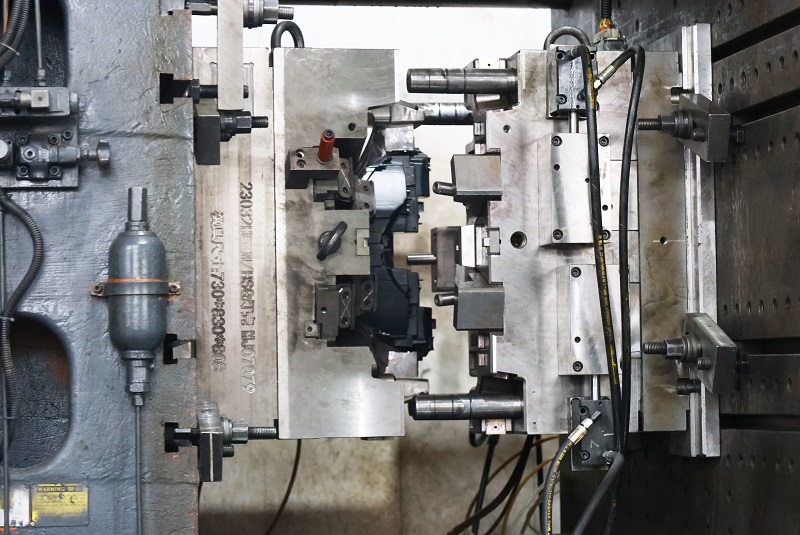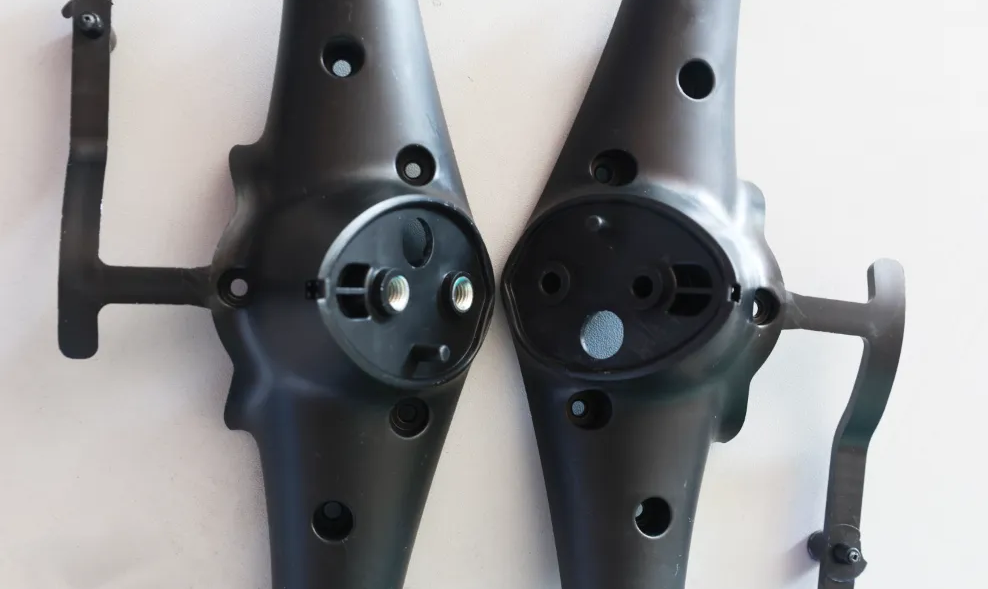Views: 0 Author: Site Editor Publish Time: 2025-02-28 Origin: Site











Plastic insert molding is a specialized form of injection molding that integrates metal or other materials into plastic components during the molding process. This technique is particularly popular in industries like automotive, electronics, and medical devices, where strength, durability, and precision are critical.
The process begins with the placement of a pre-manufactured insert into a mold cavity. This insert could be a metal part, a previously molded plastic component, or a combination of materials. After the insert is positioned, molten plastic is injected into the mold, encapsulating the insert and forming a new part. Once cooled and solidified, the part is ejected from the mold, ready for further processing or direct use.
Plastic insert molding offers several advantages, including reduced assembly time and costs, improved part strength due to the bonding of different materials, and the ability to create complex geometries that would be challenging to achieve with other manufacturing methods.

Plastic insert molding provides numerous benefits that make it an attractive option for manufacturers. One of the most significant advantages is the reduction in assembly time and costs. By integrating inserts directly into the molding process, separate assembly steps are eliminated, leading to lower labor costs and reduced potential for assembly errors.
Another key benefit is the improved part strength. The bonding between the plastic and the insert during the molding process creates a robust connection that enhances the overall durability of the part. This is particularly important in applications where parts are subjected to high stress or harsh environmental conditions.
Plastic insert molding also allows for the creation of complex geometries and intricate designs that would be difficult or impossible to achieve through traditional machining or separate assembly processes. This flexibility in design can lead to innovative product solutions and can help reduce the overall weight of components by allowing for the strategic use of materials.
Additionally, this molding technique enables manufacturers to take advantage of the unique properties of different materials. For example, metal inserts can provide the necessary strength and rigidity, while plastic can offer lightweight and corrosion-resistant properties. This combination of materials can lead to significant performance improvements in the final product.
Plastic insert molding is widely used across several industries due to its versatility and the high-quality parts it can produce. In the automotive industry, for example, this technique is used to create components such as dashboard assemblies, which often require a combination of plastic for its lightweight properties and metal for strength and durability. The use of insert molding in this context not only enhances the performance of the part but also reduces the overall weight of the vehicle, contributing to improved fuel efficiency.
In the electronics industry, plastic insert molding is employed to manufacture housings and other components that need to be both lightweight and strong. These parts often require precise tolerances and a smooth finish, which can be achieved through careful control of the molding process. The ability to encapsulate metal contacts within plastic housings, for example, can help protect sensitive electronic components from environmental damage while ensuring reliable electrical connections.
The medical device industry also benefits from plastic insert molding, particularly for producing components that must meet stringent regulatory standards for quality and safety. Parts such as syringe barrels, which require both strength and precision, are ideal candidates for this manufacturing method. The ability to integrate different materials into a single part can also help reduce the number of components in a medical device, simplifying assembly and reducing the risk of contamination.
Other industries, such as consumer goods and industrial equipment, also utilize plastic insert molding to produce a wide range of products, from simple housings to complex mechanical assemblies. The adaptability of this molding technique makes it a valuable tool for manufacturers looking to optimize their production processes and improve the performance of their products.

Selecting the appropriate materials for plastic insert molding is crucial to achieving the desired performance characteristics in the final product. The choice of plastic material often depends on the specific requirements of the application, including factors such as temperature resistance, chemical compatibility, and mechanical properties.
Commonly used plastics in insert molding include polycarbonate (PC), which is known for its high impact resistance and optical clarity; acrylonitrile-butadiene-styrene (ABS), valued for its strength and ease of machining; and polyamide (nylon), which offers excellent thermal stability and chemical resistance. Each of these materials has unique properties that make it suitable for different applications.
In addition to the plastic itself, the choice of insert material is also critical. Metal inserts are often used to provide additional strength and rigidity, particularly in applications where the molded part will be subjected to high loads or harsh environments. Other materials, such as ceramic or composite materials, may be chosen for their specific properties, such as low weight or high thermal resistance.
It’s also important to consider the compatibility of the plastic and insert materials during the molding process. Factors such as the melting temperature of the plastic, the thermal expansion rates of the materials, and the potential for chemical interactions between the plastic and the insert must all be taken into account to ensure a successful molding process and a durable bond between the materials.
To ensure the success of plastic insert molding projects, careful attention must be paid to several key factors throughout the process. One of the most critical aspects is the design of the mold itself. A well-designed mold can significantly improve the efficiency of the molding process and the quality of the final product. This includes considerations such as the placement of the insert within the mold, the flow of the plastic material, and the cooling channels in the mold to ensure even cooling of the part.
Another important factor is the selection of the appropriate molding parameters. This includes the temperature and pressure settings for the injection molding machine, as well as the timing for each stage of the process. Properly tuning these parameters can help optimize the molding process, reduce cycle times, and improve the consistency of the molded parts.
It’s also essential to conduct thorough testing and validation of the molded parts. This includes not only visual inspections but also more detailed assessments of the mechanical properties of the parts, such as tensile strength, impact resistance, and dimensional accuracy. By carefully testing the parts, manufacturers can ensure that they meet the required specifications and are suitable for their intended application.
Finally, maintaining clear communication between all parties involved in the project is crucial. This includes not only the design and engineering teams but also the manufacturing and quality assurance departments. By ensuring that everyone is on the same page and aware of the project goals and requirements, potential issues can be identified and addressed early in the process, leading to a more successful outcome.
